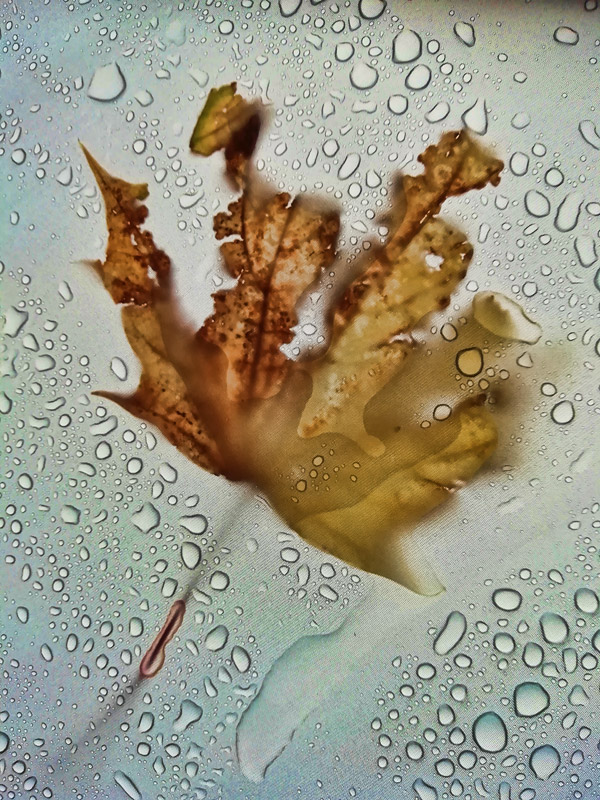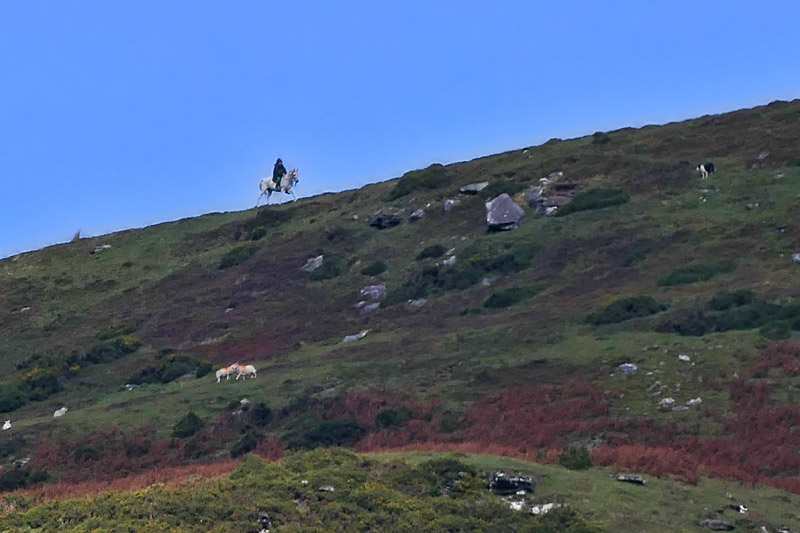A number of years ago the Forestry Commission, who manage much of the Forest of Dean in Gloucestershire, established a "sculpture trail" in the woodland. It is a footpath several miles long that is punctuated by art works. One of the most striking is "Cathedral" by Kevin Atherton. It was erected in 1986 and remarkably, considering how it must be affected by the weather, it still gives pleasure today. In autumn the colours of the piece compete with the natural beauty on show. In winter it glows, jewel-like, against the more sombre colours of that season.
photo © T. Boughen Camera: Lumix FZ1000 2
















